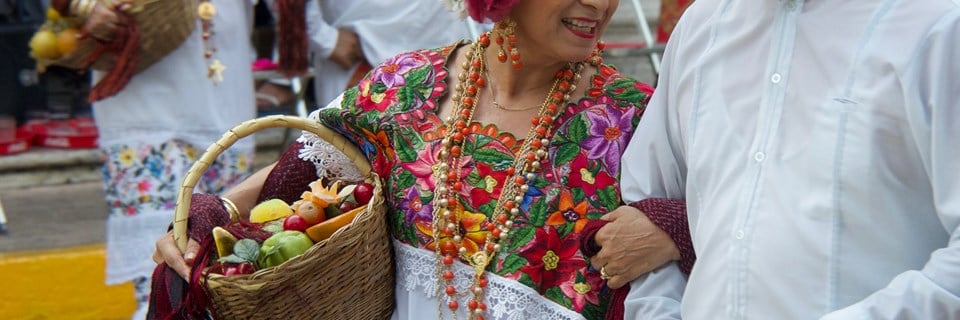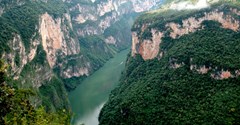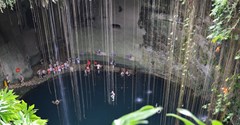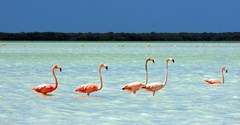Has BBC Two's Festival of Life programme inspired you to visit Mexico? If so, find out how you can experience the natural splendour of this country for yourself.
The BBC are really spoiling us recently. First came the hugely anticipated Planet Earth II, featuring the wildlife of the Andes Mountains, then another in-depth look at the extraordinary Galapagos Islands and a visit to the magnificent Mashpi Lodge in Amazing Hotels. Now it's Mexico's turn to get the high definition BBC treatment, with a look at the exuberant natural side of a country famed for its prized Caribbean beach resorts and Mayan pyramids.
If, like us, you are enjoying BBC Two's Mexico: Earth's Festival of Life, you might be wondering how you can experience some of the places featured for yourself. Let's take a look at some of the highlights of the first two episodes.
Mountain Worlds
The series began with a look at the diverse mountain habitats of Mexico, stretching the length of the country. In this episode alone we visited canyons, cloud forests and pre-hispanic cities, saw a huge range of wildlife, from bears to butterflies and the astonishingly beautiful resplendent quetzal and then ended with a look at Mexico's poignant and colourful Day of the Dead celebrations.
One of the early stars of the show was the immense Copper Canyon, which the producers agree offers some of the finest mountain views in the whole of Mexico. As well as being one of the deepest and largest canyons in the world, it also has a surprising cultural element missing in many of its contemporaries, something which greatly enriches a visit here. The Rarámuri (or Tarahumara) people are known for their long distance running ability, a trait which dates back hundreds of years to when their ancestors fled from the Spanish and covered huge distances on foot. It is still celebrated today with the sorts of races captured in the programme.
Aside from an encounter with the local people, visitors can also enjoy vistas of sparkling waterfalls, dense forests, flourishing rivers and the epic canyon walls. By far the best way to visit it is aboard El Chepe, the Copper Canyon train which ploughs the spectacular 400 mile course between Los Monchis and Chihuahua, over five unforgettable days. Learn more about the Copper Canyon train.
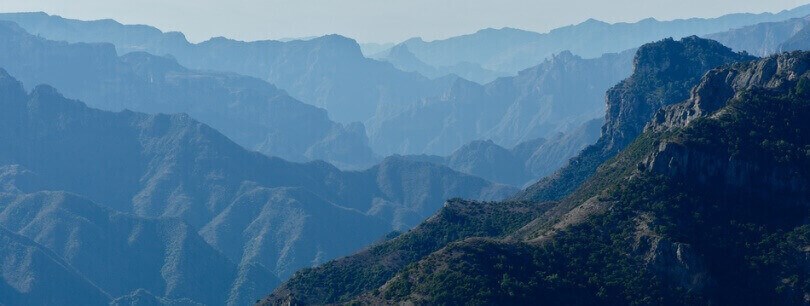 Copper Canyon (photo by Adam Singer)
Copper Canyon (photo by Adam Singer)
Moving further south we encountered the towering (and active) Popocatépetl Volcano. One of the best ways to see the volcano from a safe distance is on a trip from Mexico City to the attractive colonial city of Puebla, either as part of a full day excursion or on an overnight stay. This is combined with the ancient archaeological site of Cholula, famed for its Great Pyramid (once the largest in the world), much of which is today buried under a hill topped by the striking Nuestra Señora de los Remedios church. Visitors can explore underground tunnels and see some lower parts of the pyramid. When viewed from afar, the church itself forms a picture-postcard view with the Popocatépetl Volcano in the background.
The programme showed glimpses of Mexico City, including the colourful La Central de Abasto wholsesale produce market. From the capital it is also possible to visit the famous pyramids of Teotihuacan, shown briefly on the show, on a half day excursion. The city is not, as commonly thought actually an Aztec city, it was built well over a thousand years before the Aztecs arrived and claimed it as their own. The Aztec site featured here, through the eyes of the local coati population, was the Temple of Tepozteco, around 50 miles from Mexico City. An alternative Aztec site can be found at the Templo Mayor in downtown Mexico City.
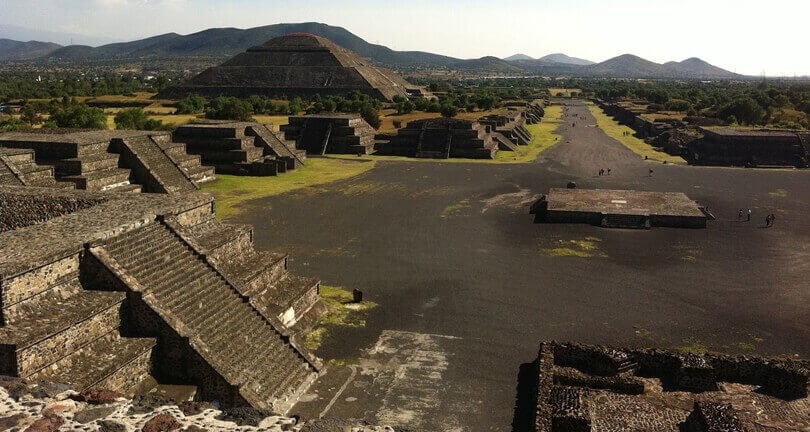 Pre-Aztec pyramids at Teotihuacan, near Mexico City (photo by Mike Peel)
Pre-Aztec pyramids at Teotihuacan, near Mexico City (photo by Mike Peel)
The episode also showcased Mexico's Tequila producers. As with the Copper Caynon, we recommend experiencing this by train, this time on-board the classic Jose Cuervo Express, thought to have been modelled on the Orient Express. The journey lasts two hours in total, starting at the large city of Guadalajara, home of both the drink itself and of Mariachi music. The final destination is the country's oldest tequila distillery, where you will be shown around by a local expert, with some spare time to enjoy the 'Magical Town of Tequila'. Throughout the day there is plenty of opportunities to taste different varieties of Tequila, both in neat and cocktail form and under the guidance of a Maestro Tequilero.
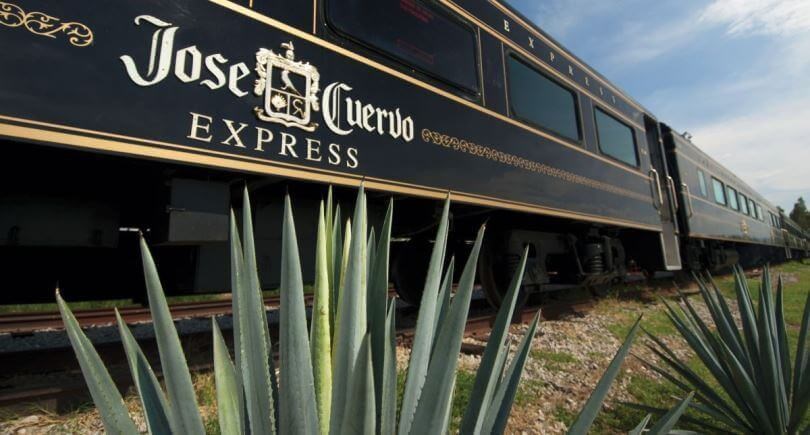
Finally, the first episode finished with an intimate look at the Day of the Dead celebrations. This deeply significant and visually arresting festival attracts visitors from far and wide. It can be experienced in various cities across the country, with Oaxaca and San Miguel de Allende being two of the most interesting. Learn more with our Beginners Guide to the Day of the Dead.
Forests of the Maya
Episode two of Mexico: Earth's Festival of Life turned its attention to the Yucatan Peninsula. It is a region famed for its idyllic Caribbean beaches, towering Mayan pyramids and attractive colonial era cities, but the focus this time was very much on some of the lesser appreciated sides of the peninsula.
Towards the beginning of the programme we visited the vast Mayan site of Calakmul, once home to 50,000 inhabitants. Today it is a haven for monkeys and exotic birds, whom we saw feeding on the abundant fruit, available all year round. Calakmul is one of the peninsula's lesser-visited archaeological sites and can easily be combined with two others hidden deep in the jungle - Becan and Chicanna - on a visit to Campeche state. The site is part of the huge Calakmul Biosphere Reserve, an area of protected forest which stretches down to the Guatemalan border and is home to myriad small mammals and exotic birds.
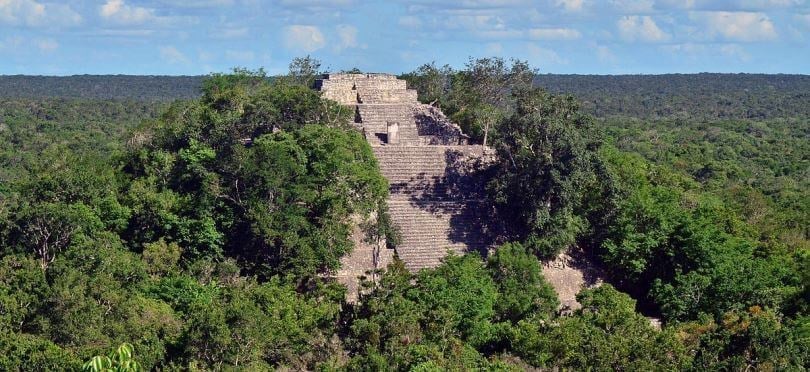 Calakmul Pyramid (photo by PashiX)
Calakmul Pyramid (photo by PashiX)
One of the central themes of the second episode was the region's cenotes - collapsed limestone caves which give access to the large underground rivers that flow beneath the surface of the Yucatan. In Mayan times they were seen as both a vital source of water and a sacred passage to the gods. Therefore most ancient cities were built close to a cenote and sacrifices of all kinds (including human) were made to appease the Mayan deities. Today there are thousands of cenotes in the Yucatan, with more being discovered all the time. There are some, most notably Ik Kil near Chichen Itza and the less well-known Xkeken and Samulá near Valladolid that you can admire for yourself and even swim in. Just don't expect to find coffee beans growing down there like in Don Roque's secret garden!
The show ended on the coast, at the Celestun Nature Reserve. The main attraction here are the thousands of Caribbean Flamingos which frequent the shallow lagoon and which can be seen at close quarters on boat trips. Wooden walkways also lead visitors around the reserve, bringing you closer to the rest of the bird life here, including various endemic species. The reserve is a 90 minute drive from the colonial city of Merida, or you can stay nearby for a longer visit.
Learn more about the Yucatan - Seven Ways to Experience the Yucatan
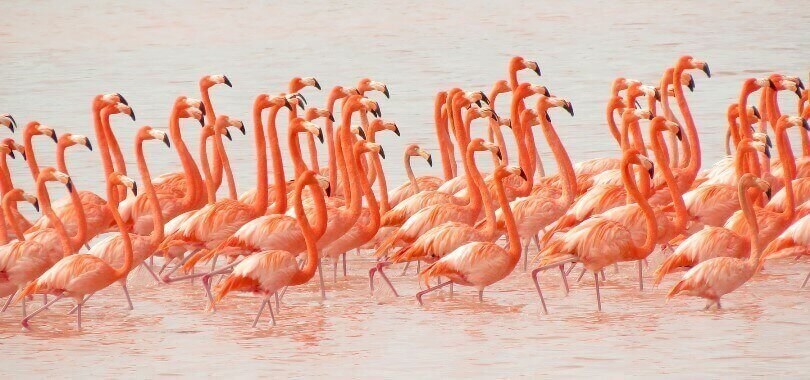 Caribbean Flamingos at the Celestun Nature Reserve (photo by Katja Schulz)
Caribbean Flamingos at the Celestun Nature Reserve (photo by Katja Schulz)
Make it happen
So if you feel inspired to visit Mexico, perhaps combining some of the elements so beautifully captured on the BBC show with the country's famed Mayan sites and beaches, then give us a call or send us over an email to discuss your trip. We've included a few tours below to get you started and a couple of related articles that might interest you.
Choose your perfect holiday
Find inspiration from our selection of itinerary suggestions, a great starting point for your next trip
View More Tours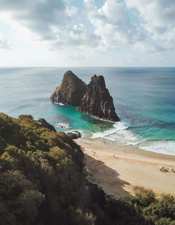
Stay in touch
Infuse your travels, with inspiration from our monthly newsletter.
READY - 12 April 2024
INDIA: Fascinating Culture & Kembh Mela Festival
LANDMARK TOURS: Multi-Country & Cross Continent. New Cosmopolitan Tour: Buenos Aires, Iguazu, Rio
CHINA & INDIA: Local Life, People & Unique Cultures
GUIDES by Veloso Tours, are the best Local Hosts
PRIVATE VILLAS: Quality Time in exclusive settings
TRAVEL INSURANCE with extensive COVID-19 cover
